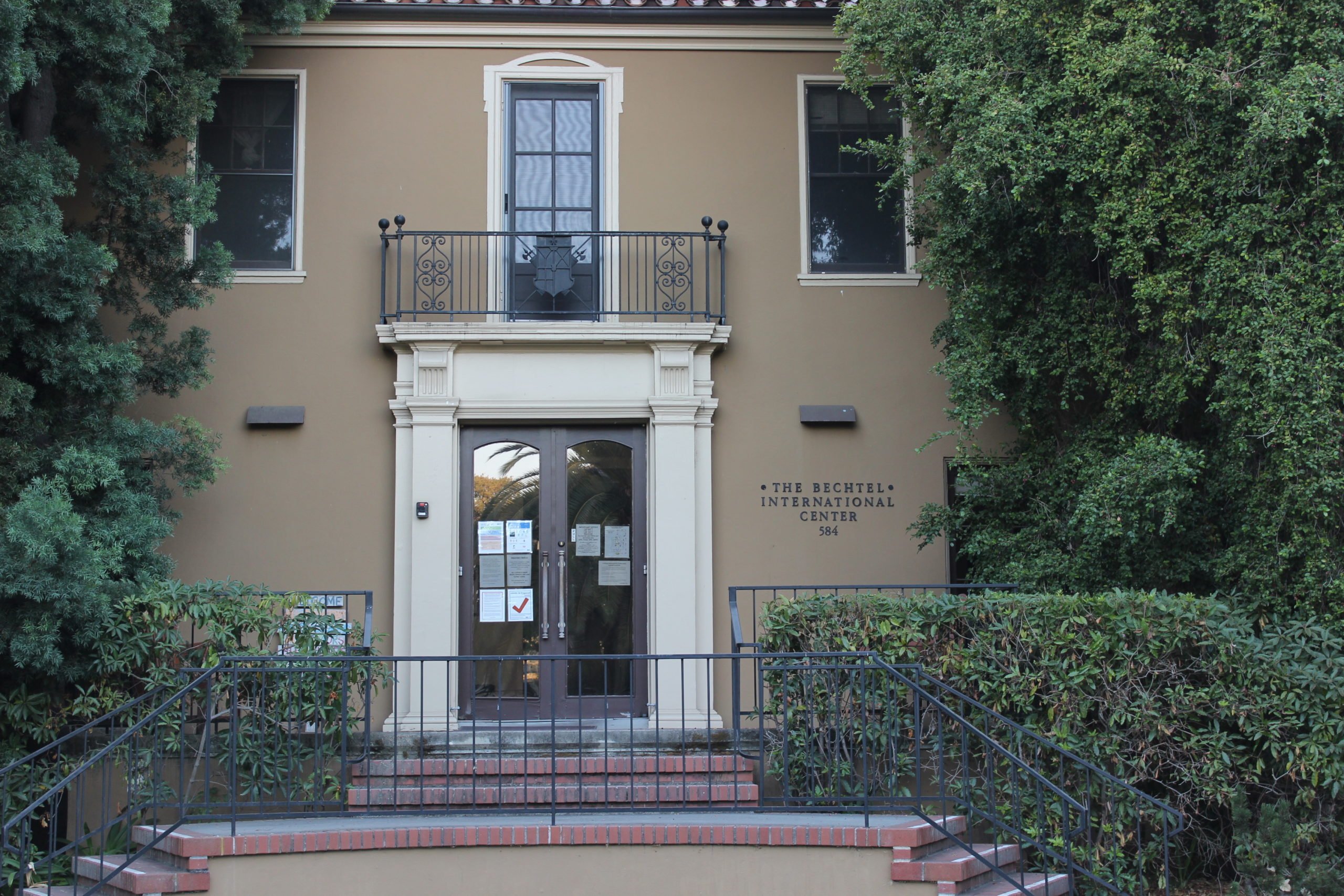Stanford submitted comments to challenge a proposed immigration policy that could potentially prevent some international students from completing their studies in the U.S., the University announced on Sept. 25. This proposed policy is the latest in a series of changes to immigration policy for F-1 visa-holding international students proposed over the course of this year.
Currently, F-1 student visa holders are allowed to remain in the U.S. for a “Duration of Stay,” an unspecified period determined by their academic program. But the U.S. Immigration and Customs Enforcement (ICE) proposed a rule on Sept. 25 that suggests a fixed — and in most cases, shortened — time period of legal status, after which students will be subject to deportation unless they are granted an extension by the government.
ICE contends that some international students are abusing F-1 regulations by staying in the U.S. for extended periods of time in violation of their visa status, often with the assistance of school officials.
The policy will also affect students from countries on the State Sponsors of Terrorism List or those with a high rate of visa overstay, according to the Bechtel International Center’s website.
Stanford President Marc Tessier-Lavigne submitted comments to the Department of Homeland Security (DHS) on Oct. 21 stating that the revamped policy would no longer ensure students’ ability to complete their education or research in the country.
Date-specific admission, according to Tessier-Lavigne, will make it especially difficult for Ph.D. candidates, coterminal students and medical affiliates — whose time at Stanford may vary on a case-by-case basis — to complete their program. He contended that the current system provides sufficient means for DHS oversight, and the application for visa extension will bring uncertainty and extra cost to students.
“These policy changes are unnecessary, overly burdensome and costly to international students and scholars at Stanford and across the nation,” wrote Tessier-Lavigne.
Stanford is also working with other universities and associations to advocate to Congress against the proposed rule, according to University spokesperson E.J. Miranda. Miranda added that both Democrats and Republicans in the House of Representatives have raised concerns about the proposed regulations.
Policy roller-coaster
This is not the first time this year that ICE has proposed changes to — or changed — policies for international students in the U.S.
In July, an ICE policy prohibited international students from staying in the U.S. if courses were fully online — students on F-1 and M-1 student visas would face deportation unless their institution offered in-person classes. The rule was eventually withdrawn after legal action opposing the policy change was taken by a host of universities, including Stanford.
Just days after the rule was rescinded, ICE issued another guidance barring the entry of newly-enrolled international students should their classes be virtual.
According to Miranda, the University is following what ICE calls a “hybrid” model, meaning both undergraduate and graduate students from overseas who are on campus for the first time can attend at least one course with an in-person component.
Two of these hybrid courses are Frosh 101 and Transfer 101, which are two-unit, discussion-based courses that help students transition to Stanford life.
Irmak Ersoz ’24, who came to campus this quarter from Istanbul, Turkey, told The Daily in a written statement that while her section of Frosh 101 was virtual for most of the quarter, the class was held in-person during the first week to accommodate ICE’s regulations.
Jessica Chen ’24, a Frosh 101 student from Guangzhou, China, told The Daily in a written statement that each section of the course has around 10 students who “get to know each other” through activities.
International students may also enroll in physical education courses — such as tennis and golf — which, according to ExploreCourses, continue to offer in-person options.
Uncertainty for the winter quarter
As the University devises plans for the winter quarter, the DHS has not provided any new guidance on student visa statuses for the winter quarter.
Miranda wrote that “Our hope is that they will continue the practice they put in place for fall.”
Regardless of future ICE guidelines affecting next quarter, traveling across borders may continue to pose challenges for students from overseas.
The White House has yet to lift its entry ban on travelers who have been in countries first impacted by COVID-19 — including Brazil, China and Iran — during the past 14 days. While U.S. citizens, permanent residents and their families are exempt from the rule, international students are not.
Moreover, some U.S. diplomatic missions — including those in China, according to Chen — have discontinued visa interviews, meaning students may not be able to obtain visas at all.
Chen, who had attended high school in North Carolina, told The Daily that her student visa will expire this summer. Per current rules, she will be able to maintain her legal status as long as she does not leave the country. The new September proposal, if enacted, may change that.
“This adds stress to me because I will need to renew my visa even if I do not leave America during breaks,” she said.
Contact Tianyu M. Fang at tmf ‘at’ stanford.edu.
